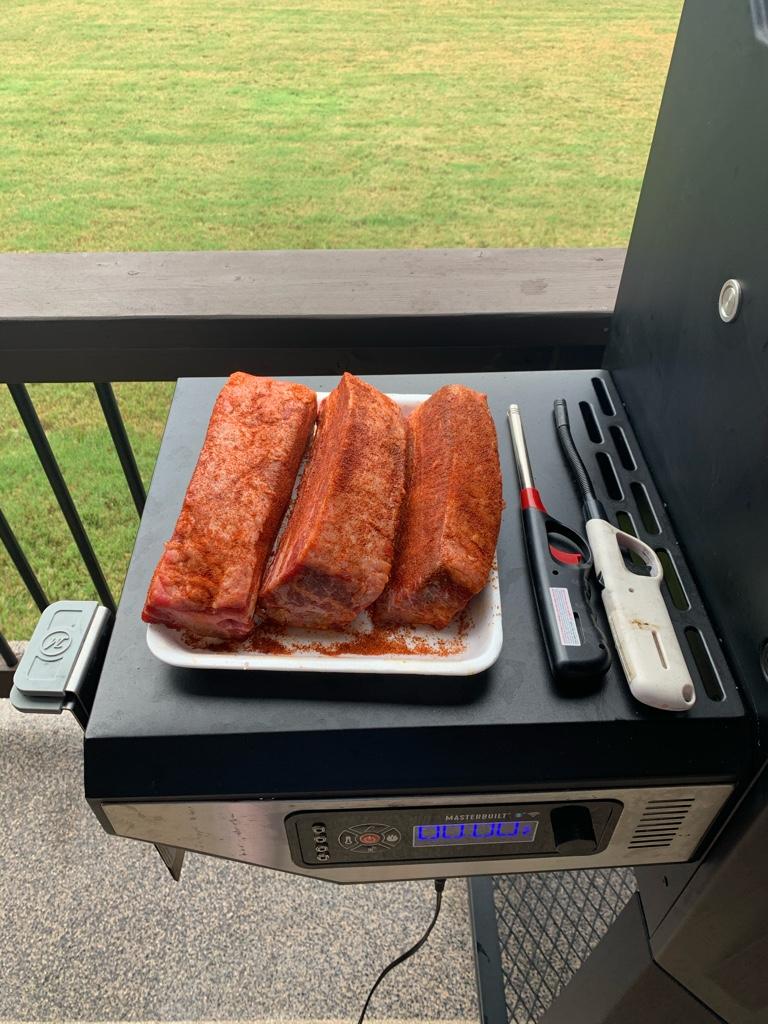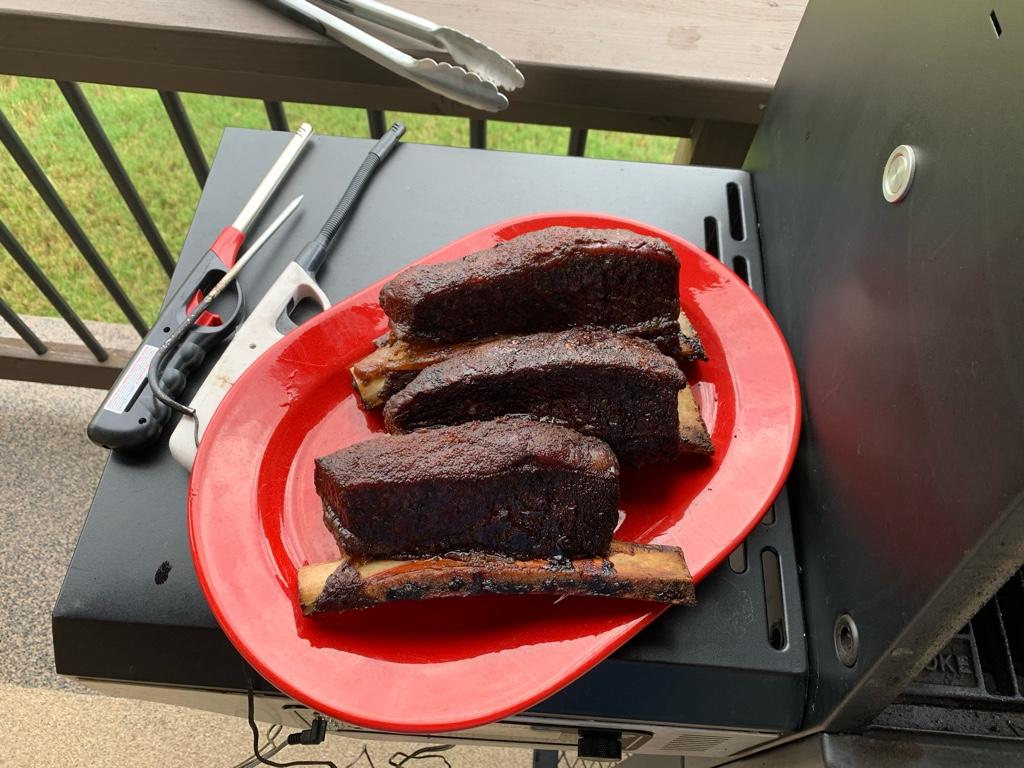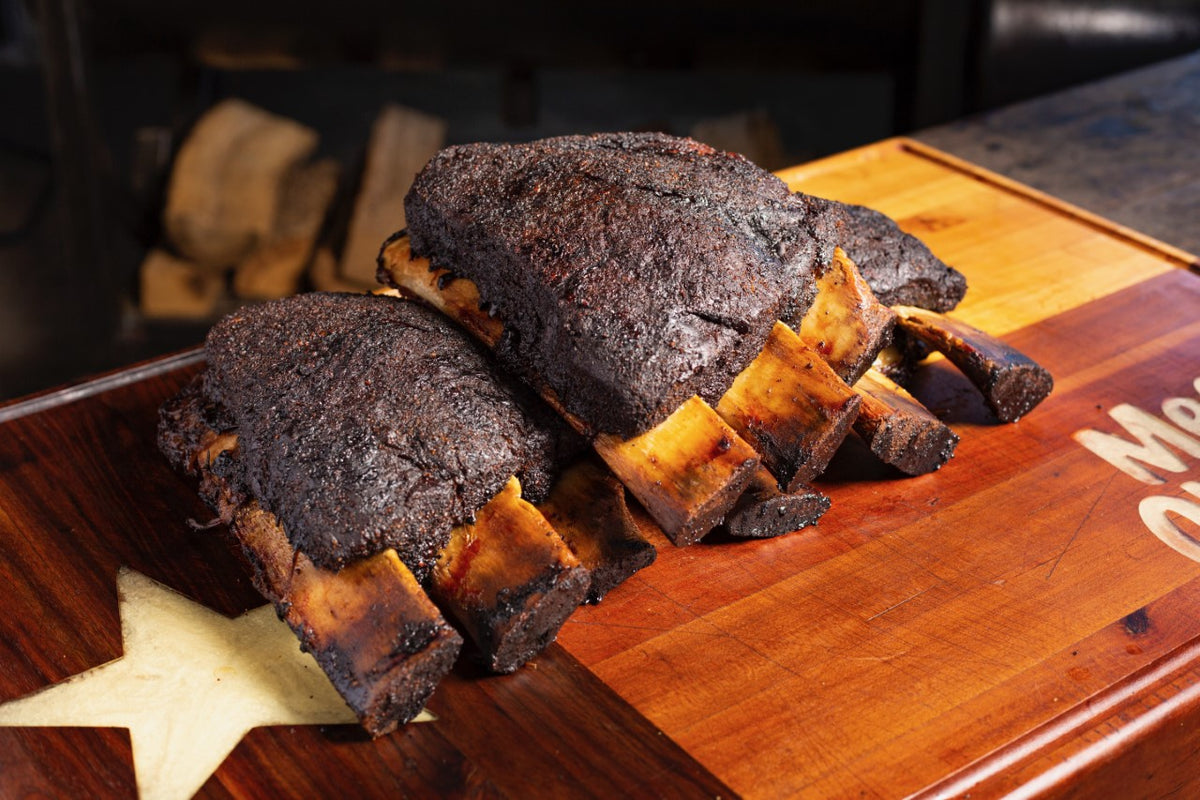Short ribs (flank; belly) have more attached meat than loin/back ribs (what's left after you take a rib steak -- or roast -- off the bone).
As to crispy critters, I've read attempts to explain the process (applied to brisket to explain "the stall") as a chemical process akin to the melting of ice. When you raise the temp of ice to zero degrees F, then continue to add heat to the "system", that additional heat is absorbed to accomplish the phase change from solid to liquid, but the temperature remains zero until all the ice is melted. A similar process converts the intramuscular connective tissue to gelatin at about 200 degrees, where chewy tough turns into melt-in-your-mouth soft.
I've tasted ribs from Franklin that you could eat with a spoon.






